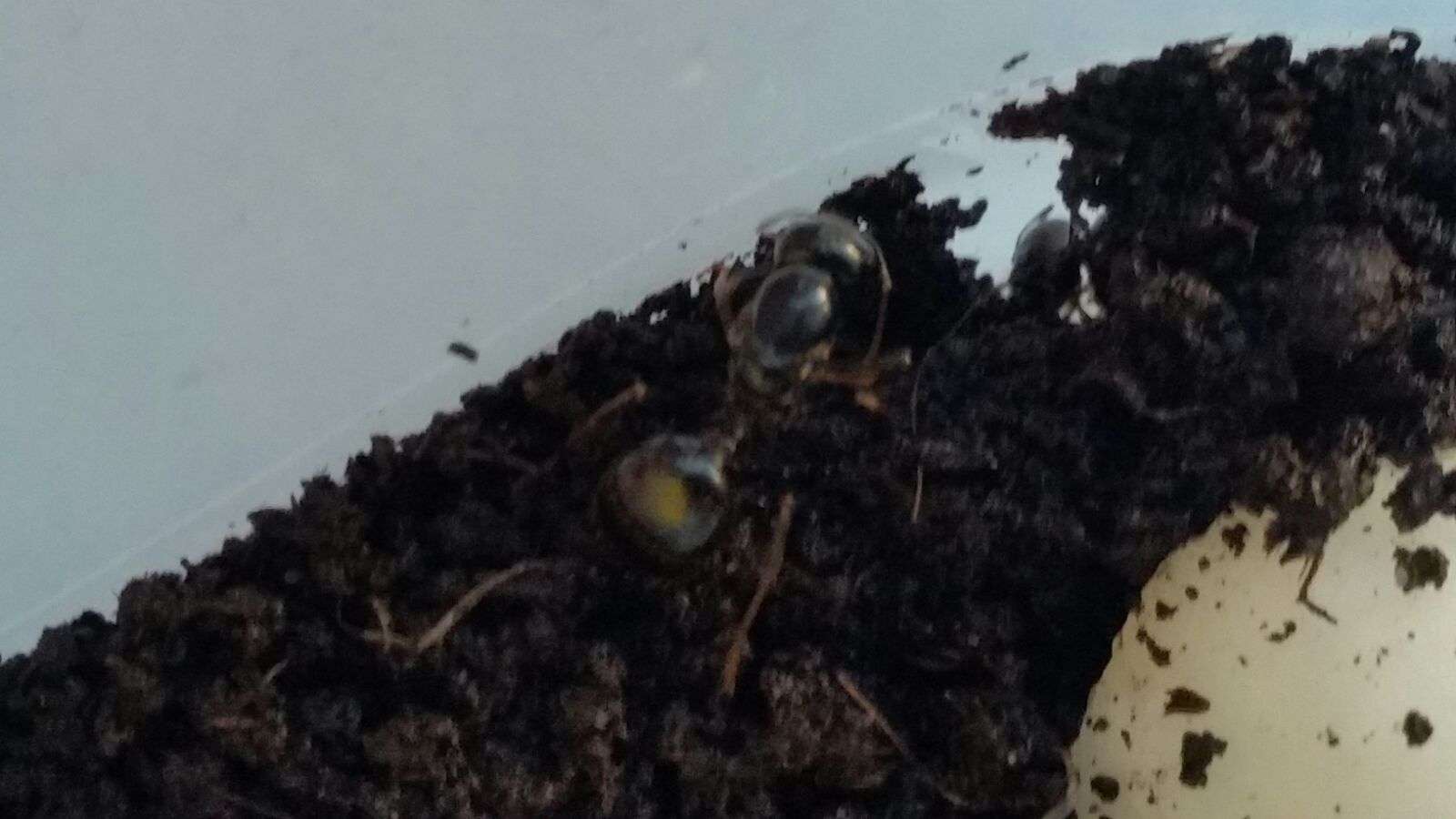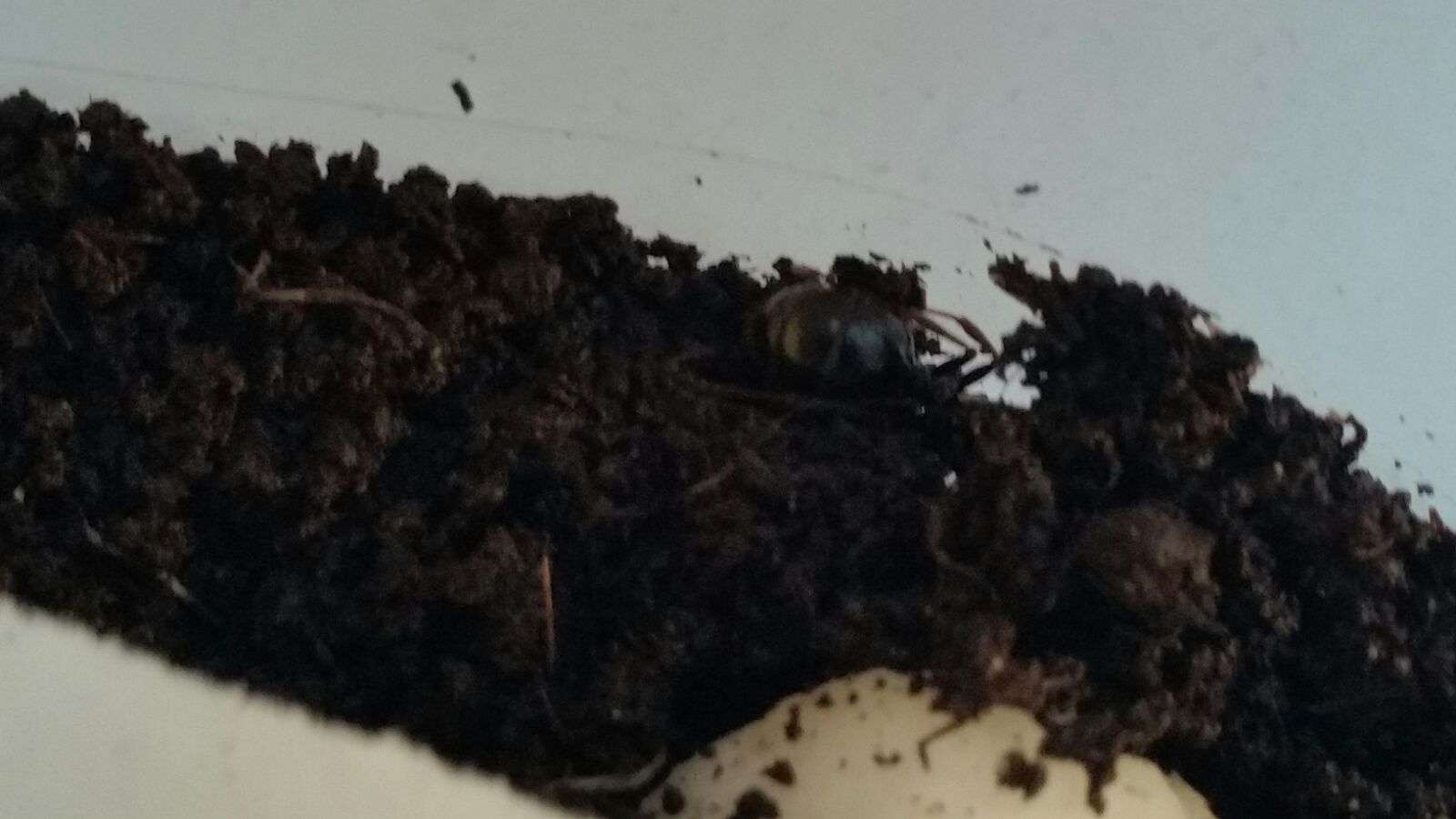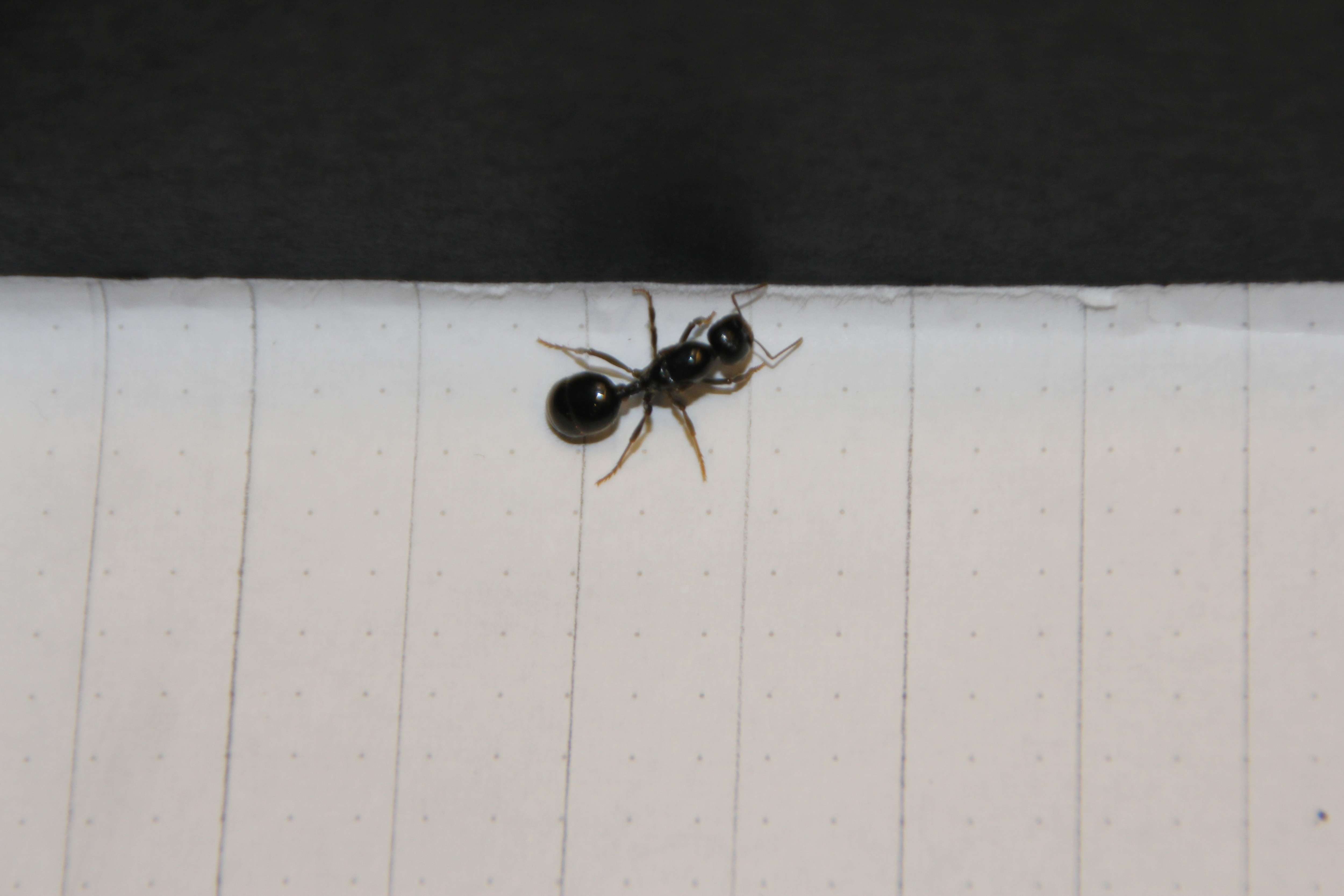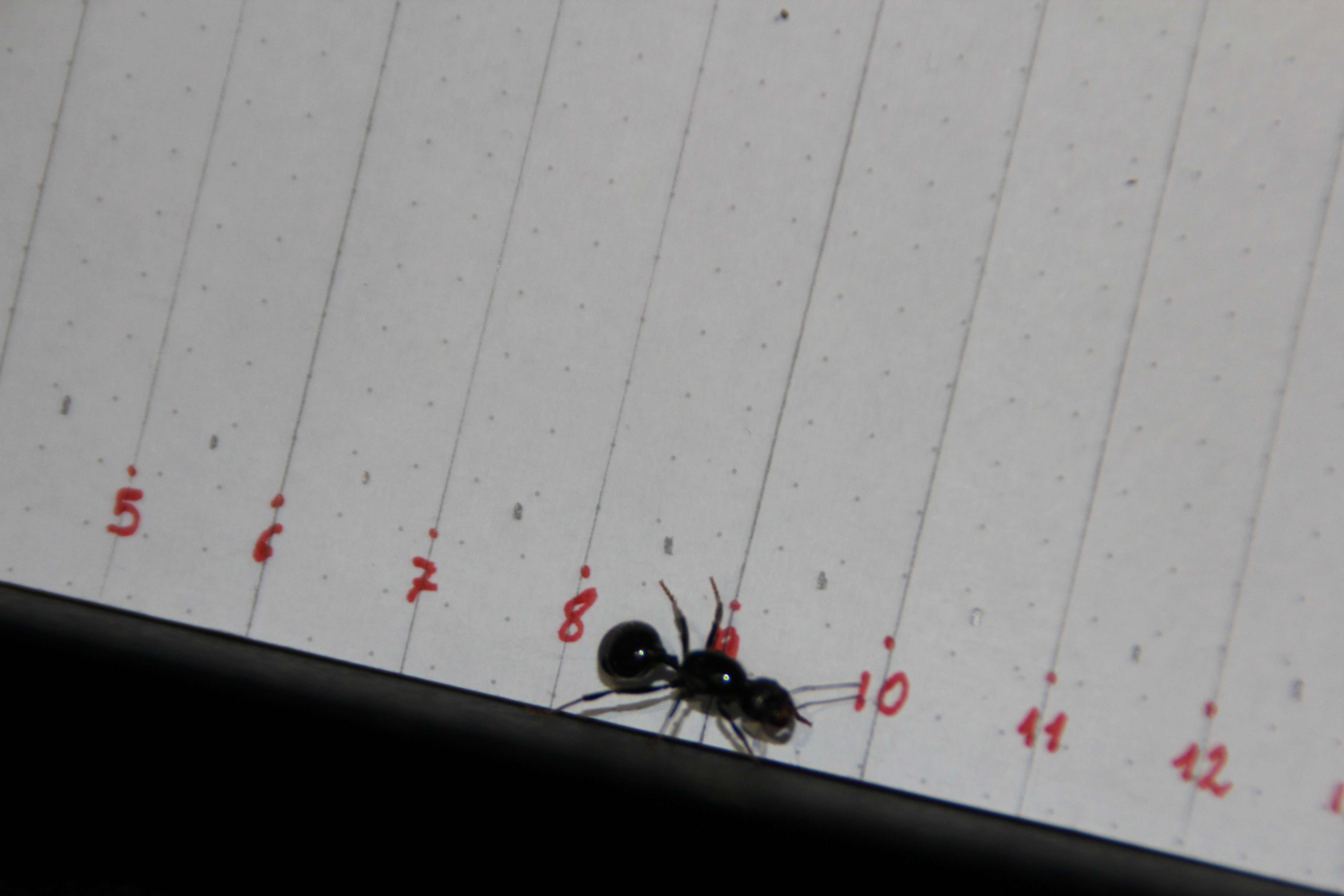Hi, am from Italy, and i think i just found 3 queens. I took them and brought them home, the most common ants in my surrounding area are (from a little google search): asdasd
-Ochetellus;
-Linepithema humile;
-Lasius niger;
-Tapinoma sessile;
-Tetramorium caespitum;
-Monomorium pharaonis;
I found them near some Palms tree, a couple hours before, it rained, i just got out from school and i sat on the bench, when i saw one ant extremely big, surrounded by other littler ones. Then i looked again and i saw two others, i picked them and closed them in a little box. On the way home i ventilated the box around ten times, so they would not die.
As soon as i got home i built a little terrarium to keep them in, around 40x20 cm with a Cm of dirt not very compressed, i put inside the 3 queens and one other pretty big and i found with them, not as big though, only his head was big (it does not muve much though). I put in a ball of wet cotton, some crackers crumbs and very tiny pieces of peach and apples, a bit of grass and some leaves of a plant I made sure is not toxic, both for shelter and for building maybe (?).
Now, i know they need a new colony sometimes, and these three were just wondering, I am here to ask two things basically (the ants are currently outside in the terrarium, covered with a lid full of holes (no, they can't escape).
-is the temperature outside ( 20 degrees celsius ) too cold for them, should i put them inside?
-is it safe to keep 3 queens together in a small artificial habitat?
-one actually made a hole in the ground, entered and crouched, another and is constantly wondering between inside that hole with a queen inside and outside in the surface, another one ant i cannot find, it can not be under the leaves, i checked, maybe it's in that hole too, what is happening there? Is the behaviour normal?
-i did not get any ants from near them, as i could not identificate what was the original colony of them three. Is it bad? Didn't the queens leave the colony to found a new one?
I'll post a few pics, they are blurred because those devils run fast, I placed a piece of paper to create contrast, the pic was not succesful though. One is clear enough, i shot it in a moment the ant was still, sitting in the dirt though.
https://500px.com/ph...rco97kalinowski
https://500px.com/ph...rco97kalinowski
https://500px.com/ph...rco97kalinowski
Sorry for the image quality, i did not want to stress them out much, so i just didn't try hard enough, if it incomprehensible to determine the specimens, i'll try harder with some professional equipment.
PS: they do not have wings.
Edited by kakkak11, October 21 2016 - 8:35 AM.

























